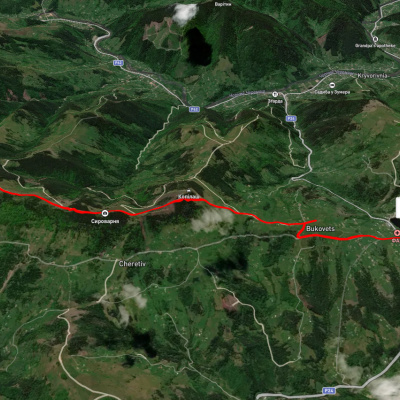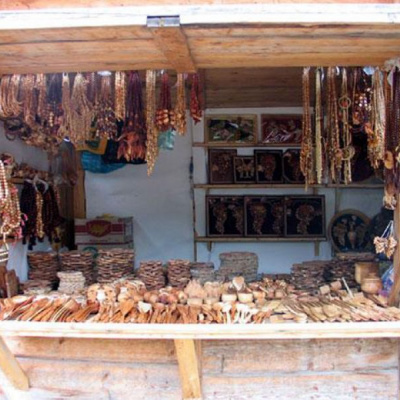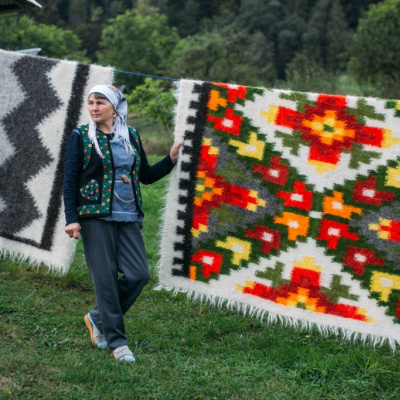Kosiv Bazaar (Smodnyansky market), Kosiv
TheKosiv (Smodnyansky) market in Ivano-Frankivsk region is a repository of folk traditions, a corner of the Hutsul region that tourists and visitors should really visit to fully experience this beautiful Carpathian region in Western Ukraine. Prices at the Kosiv market are lower than elsewhere (although they are not too low either). In the "promoted" tourist destinations of the region and in the shops of large Ukrainian cities, which often resell local products, the cost is much higher.In terms of size, the Kosiv market is only slightly inferior to the famous Chernivtsi bazaar. But behind the souvenir façade is something more, because Kosiv is an ancient city of craftsmen.
The traditions of folk arts in Kosiv date back to who knows how long ago. The city has long lived on salt mining, ceramics, and carving, and it was only the Polish authorities who briefly reigned here after the First World War that turned it into a resort. In Soviet times, the tourism industry was not very well respected, but they promoted the development of folk art. The Kosiv Institute of Decorative and Applied Arts is one of the few bohemian educational institutions in Ukraine. It has a museum with an interesting exhibition. You don't have to go far to get cultural impressions - the Institute's building is located on Mickiewicz Street, not far from the river.
The structure of the Kosiv market is simple enough for a tourist to understand it easily. The same type of goods are sold mainly in certain parts of the bazaar: embroidered shirts in one place, bedspreads in another, and shoes somewhere else. It is easy to find stalls with traditional dishes or children's toys among the stalls with mountain herbs, for example. The real "thematic" division of goods at the market is conditional, and you won't find any signs to help you navigate.
It must be admitted that Kosiv market cannot yet boast of a developed infrastructure. This applies to the surrounding area, the road surface on the market square itself, and the operation of restrooms. In fact, the market is open until 2 p.m., but some vendors start going home around twelve. But you shouldn't go to the bazaar "just to look". You need to take a big wallet and an even bigger bag, because temptations are at every turn. Some buyers arrive in Kosiv the day before and go to the market square early in the morning to do some shopping.
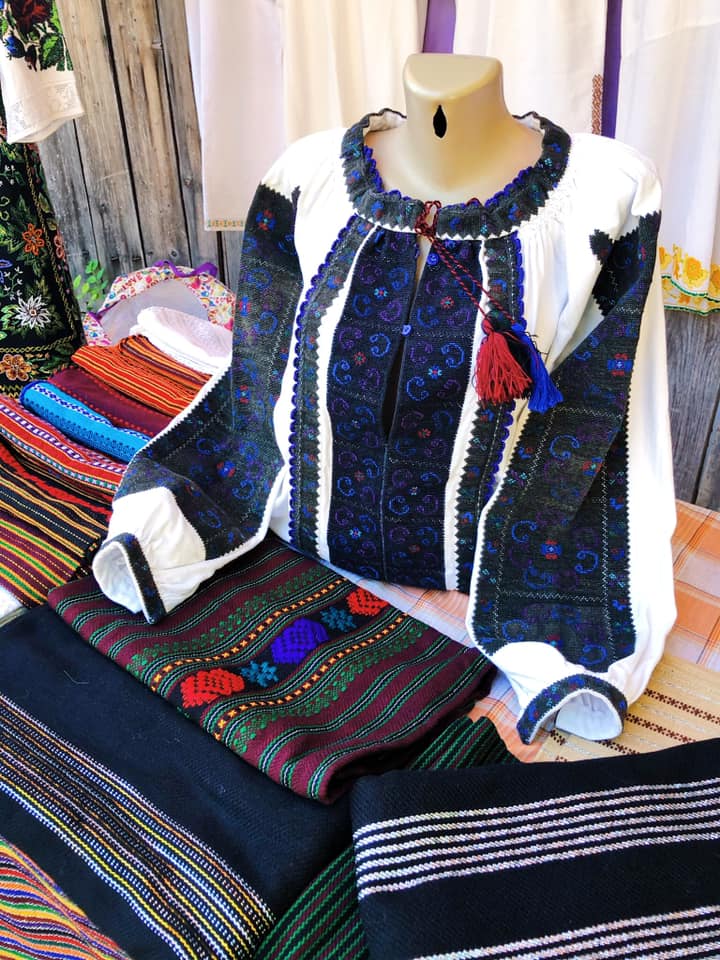
The Kosivmarket is not really Kosiv anymore, but rather Smodnyansky. The new name appeared after the market was moved to the neighboring village of Smodna. But the new name didn't catch on too well, and it continues to be called Kosivsky. Kosiv Bazaar is among the top 10 souvenir markets in Ukraine. Among the most popular souvenirs here are: vyshyvanka (from embroidered T-shirts to exquisite dresses), Carpathian herbal teas and alcoholic tinctures, wooden writing pens with a funny surprise, cheese horses, bedspreads, painted traditional ceramics, embroidered towels, carved wooden items (boxes, for example), a drum, a clay whistle, a rooster-lollipop, a wooden toy, a cheres (a wide Hutsul belt with original decoration), a keptar, Carpathian tincture, handmade chess, national pottery, jewelry, famous corals, clothes, bags, woodwork, interior and exterior elements, metal and leather products. There are even varieties of cheese. In total, there are more than three hundred items of goods here.
If you find that you have saved some time after visiting the Kosiv market, you can visit some of the wonderful local museums located nearby: the Museum of Folk Art and Life of the Hutsul Region, the Museum of Folk Art by Mykhailo Strutynskyi, and the Museum of the Liberation Struggle of the Carpathian Region. This will make the experience of Kosiv region even more vivid.
You can get to the Kosiv Bazaar by car or public transport. By car Kosiv Bazaar is located a few tens of meters from the P24 highway, which connects Verkhovyna, Vorokhta, Kolomyia, and Horodenka. By bus You can get to Kosiv by direct bus from Ivano-Frankivsk, Lviv, Chernivtsi, and many other cities and villages. The only thing to remember is that the market is open only on Saturdays from four in the morning to two in the afternoon (except for religious holidays). In the morning, the market is easy to find by following the flow of shoppers. During the season, there are so many people looking for souvenirs that it seems as if they are going to Kosovo to spawn. The Hutsul trade zone starts right after the bridge over the Rybnytsia River.
The market is open in the morning, and from 5:00 a.m. you can actively look for gerdans, dishes, and towels. For tourists who like to lie in bed, the bad news is that around 11:00, the craftsmen and traders leave. So it's better to arrive in the city the day before, or you'll have to set off almost before sunrise. What if you don't have time to get to Kosiv on Saturday? Don't worry - it's easy to find a craftsman in the city on any given day who has a small private museum and produces traditional household items. That is, you will still find the best Carpathian souvenir, not on the market, but directly in the workshop.
In the summer, the town sells delicacies: berries, mushrooms, cheese, etc. It's all delicious and worth a try, but it's not good to be a gourmet on a Sunday. The church has a lot of influence in the city, so they don't sell food on Sundays - you can buy souvenirs, but you can't buy cheese. However, Kosiv has a well-developed infrastructure, there are 3 convenience stores, and restaurants and cafes are usually open from 9:00 to 23:00, so you won't go hungry.
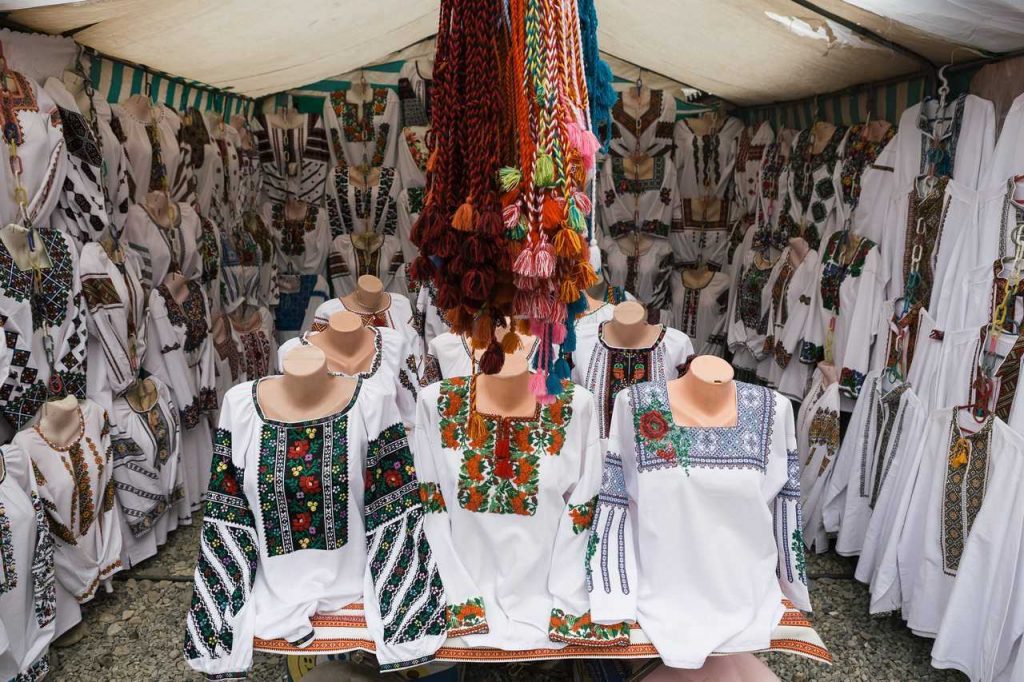
The embroidered shirts at the bazaar make your eyes sparkle. It's a big problem to choose one among them: you don't know which one is the best. You notice that the embroiderers keep their noses to the grindstone: there are shirts embroidered on white fabric, black fabric, and antique gray fabric. The market also sells a lot of genuine old shirts, as they say here, "zribni". They have been lying in kufras for decades, waiting for their time. Nowadays, there is a real boom in them. Here you can add jewelry to your shirts, such as gerdans or corals. The bazaar is also a kind of "party" for craftsmen, a search for new sales channels, a creative competition, and a vernissage of fresh works.
You can hardly find a larger assortment of goods on the shelves anywhere else! And the most important thing is that every little thing that smiling sellers will offer you carries a traditional Hutsul flavor.
Kosiv has long been a center of Hutsul applied arts. Carving, embroidery, carpet weaving, furrier (leather and fur tanning and sewing of various clothes), mosyazhnytsia (a kind of artistic metal processing), bone and wood carving, and pottery were developed here. The famous local greenish ceramics, as a traditional craft of the Carpathian region, was included in the List of Intangible Cultural Heritage of Ukraine. And in 2019, Kosiv painted ceramics was added to the UNESCO List.
Therefore, the Kosiv market will offer a lot of high-quality handmade goods using original techniques. First of all, traditional Hutsul crafts: leather goods (handbags, wallets, cheresy - wide Hutsul belts with original decoration), postols - traditional Hutsul shoes worn with woolen socks), Hutsul ceramics (dishes, also decorative, tiles for the stove or kitchen, antiques), musical instruments (drymbas, clay whistles, trembitas).
Wonderful woolen products - warm socks, slippers, bedspreads, multifunctional woven carpets, wood products, decorative wooden plates and tall Hutsul chests decorated with Hutsul carvings, folk clothes (a lot of authentic outerwear, kepatars, embroidered shirts, and modern beadwork, satin stitch, embroidered dresses), beaded and ceramic jewelry, traditional cheese horses, berries, porcini mushrooms, and Carpathian tea. And of course, a lot of antiques.
Entrance to the territory by car is paid, and there is free and organized parking nearby. Trade begins at dawn, but at the tourist market at 9 a.m. some people are just putting out their goods, so you don't need to come early. The bazaar is fully open until 2 pm, but keep in mind that some sellers start going home after 12 pm. Presumably, to visit the market, you need to spend the night in Kosiv, or at least in the region, and wake up early to have time to get there.
Accommodation around Kosiv Bazaar (Smodnyansky market), Kosiv:
Які маршрути проходять повз Kosiv Bazaar (Smodnyansky market), Kosiv?
Пропонуємо пройти такі туристичні (пішохідні) маршрути через/біля Kosiv Bazaar (Smodnyansky market), Kosiv: пер. Німчич - Протяте Каміння, Смугарські водоспади, Шешори - Росохата, с. Буковець – Писаний Камінь – с. Буковець, Писаний Камінь – с. Буковець, с. Космач, через г. Ротило, г. Грегіт, г. Біла Кобила до с.Буковець
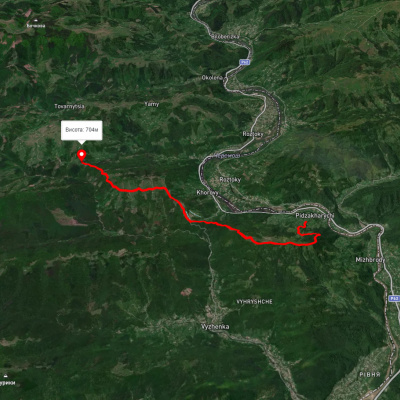
пер. Німчич - Протяте Каміння
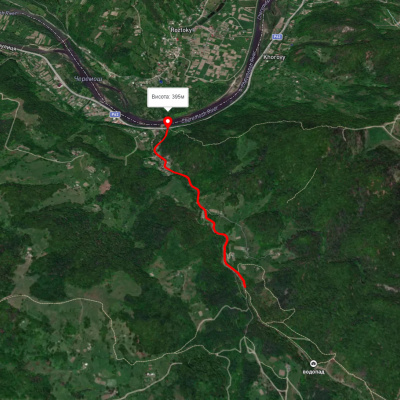
Смугарські водоспади
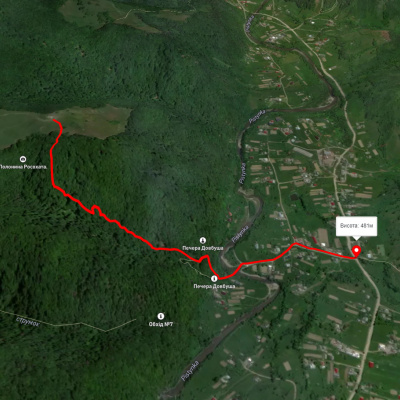
Шешори - Росохата
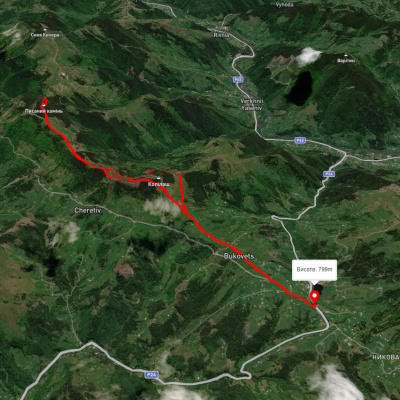
с. Буковець – Писаний Камінь – с. Буковець
